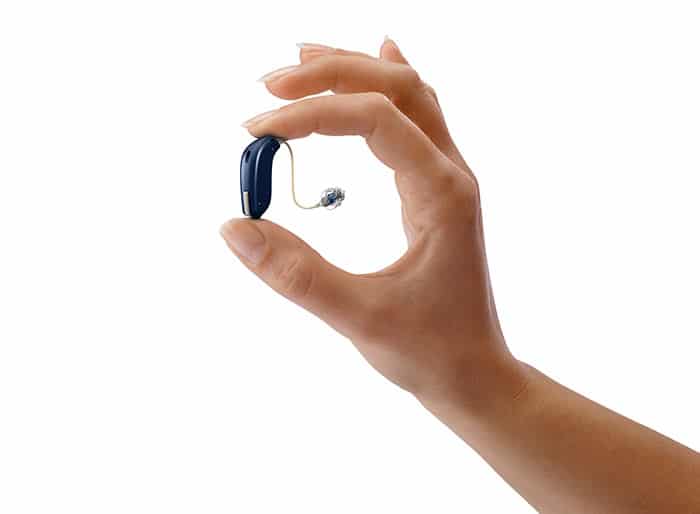Today’s hearing products were inconceivable even a few years ago, That’s why replacement should be considered for any instrument older than three years.
Over the last four decades, my patients have asked the question, “When is it time to upgrade my hearing aids?” My typical response has been that every ve to seven years was a good rule of thumb because product development moved at a constant, albeit slow, pace.

Recently, however, things have radically changed. Over the last ten months, microchip technology has skyrocketed. When coupled with the colossal breakthroughs in understanding how the brain processes, codes and interprets speech, the digital advances have led to remarkable innovations in hearing aid performance. Today’s products were inconceivable even a few years ago. That’s why replacement should be considered for any instrument older than three years.
Smarter and Faster
Prior to 2017, hearing instruments relied on four- core (quad-core) computer processors to manage speech and noise signals. Quad-core processors were an improvement over previous technology but had a limited capacity to separate speech from interfer- ing noises. The newest products feature eleven-core microchips that process those same signals at a sampling rate that is millions of times faster. The chip analyzes a billion times more data which results in astonishingly improved sound quality. Today’s new devices also feature 64 channels to ultra-fine-tune the fidelity of all sounds – a far step up from the 16 to 20 channels of older generations. I now have more tools to customize the fitting, and this produces a more realistic perception of speech and music for the hearing aid wearer.
How It Helps You
In the past, one or more additional programs had to be created so an individual could hear better in difficult listening situations. The noise reduction programs altered the soundscape that surrounded the listener in order to focus on speech.
These systems narrowed the azimuth (width of sensitivity) of the microphones in an effort to home in on the speech that was in front of the listener, and required him to sit with his back to the main noise source. This solution was an improvement, but not optimal. For example, in a noisy restaurant, the listener could understand the person across the table, but not the person seated next to him. In addition, if the location of the main noise source in the room shifted, the directional focus of the hearing aids was reduced or made ineffective.
The new sophisticated processors lock on to all speech in the proximity of the listener while simultaneously turning down extraneous noise. The software doesn’t eliminate noise, but reduces its loudness and separates speech from the surrounding interference. This results in a true multi-dimensional acoustical picture of the entire soundscape. So, speech close to the listener sounds like speech close to the listener and distant speech sounds distant. In short, everything you hear gives you an authentic perception of loudness and distance. This is how your brain perceived sound before you had a hearing impairment. The new technology compensates for your loss of the ability to discern these acoustic features, and now you no longer have to switch programs or position yourself to isolate noise behind you.
Clear and Simple Cell Phoning
Telephoning with hearing aids, especially using a cell phone, has always been a concern. The new technology has a direct wireless connection to iPhone models 5, 6 and 7. When you answer your phone, the call is automatically connected to both hearing aids without using an intermediary streaming device. The sound you hear is crystal clear. Additionally, music stored on the phone or from an outside source (like Pandora) can be streamed directly to the hearing instruments. Android phone apps are being developed and will be available soon.
Light and Comfortable
Comfort of the new hearing instruments is unparalleled. They are 40 percent smaller than conventional devices and, therefore, weigh considerably less. Custom earmolds are computer-printed for a transparent fitting experience. The earmolds are so comfortable that you don’t know you are wearing them.
Current technology now provides clearer and more natural sound, significantly better understanding in noisy environments, phone connectivity, more comfort, and smaller size. Taken individually or in combination, these improvements have been life-changing for those who have already upgraded their devices.
Now is the time to move up to a truly remarkable listening experience. I encourage you to schedule an appointment for a demonstration.
Call Hearing Aid Services of Hollywood at (323) 463-7109 for more information or to schedule your appointment today.

